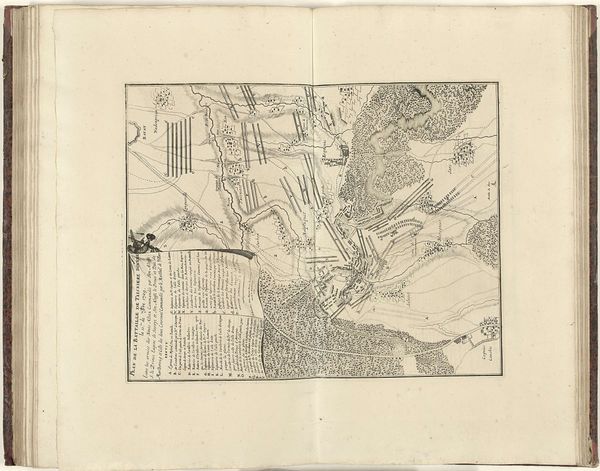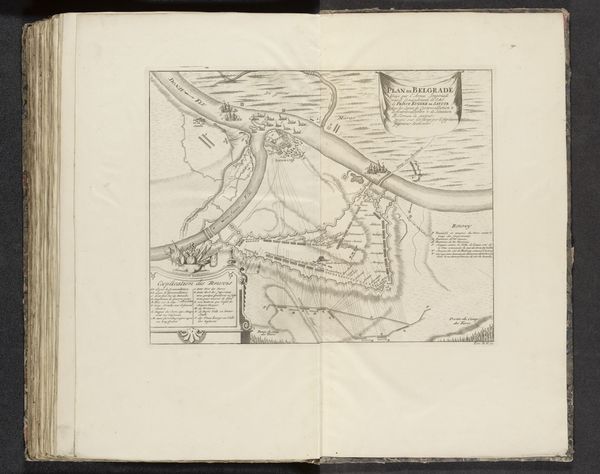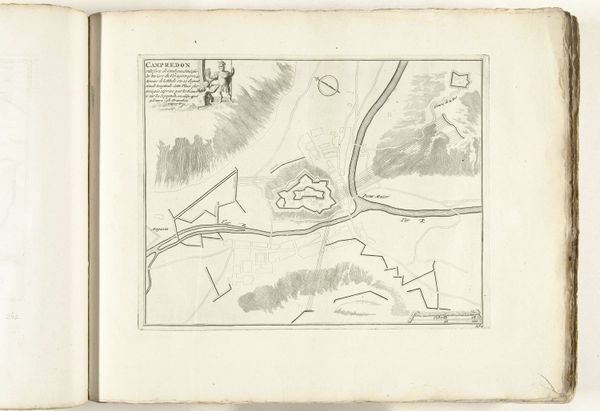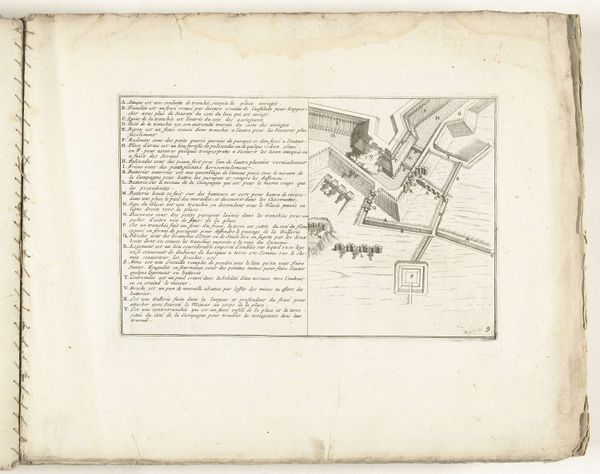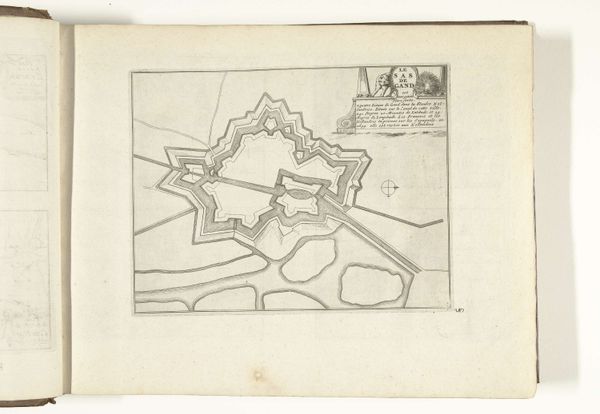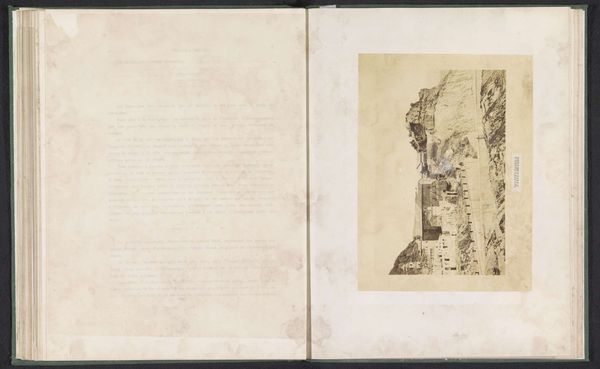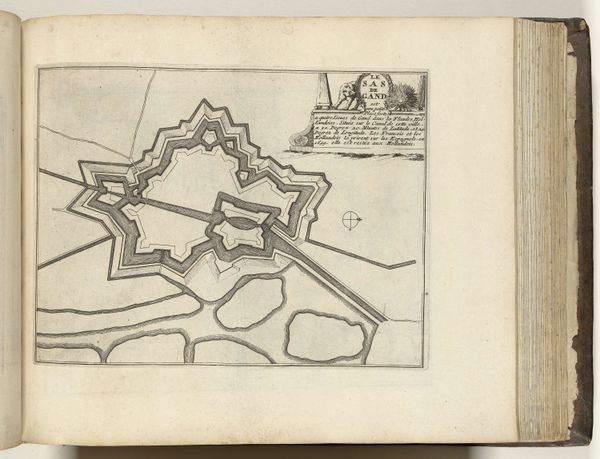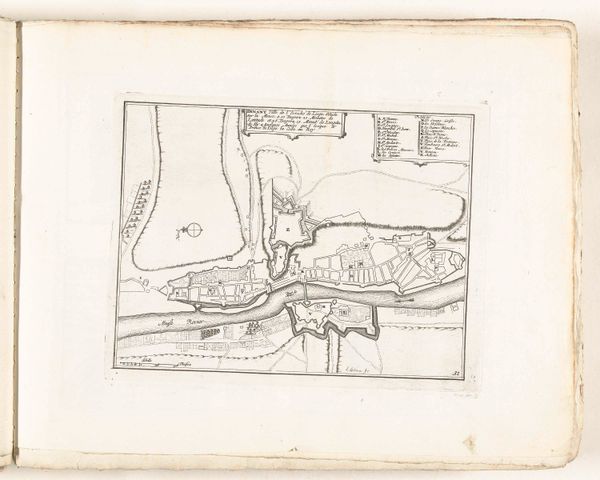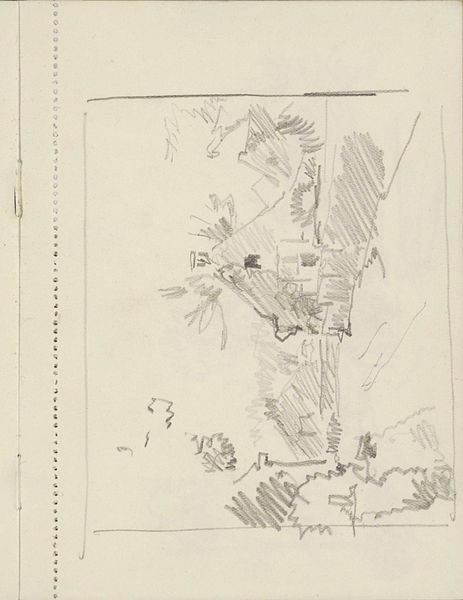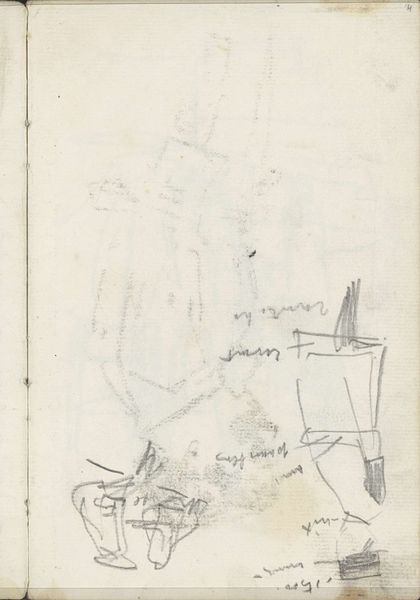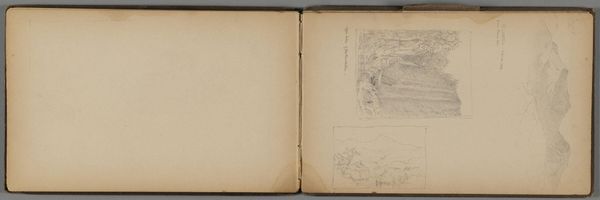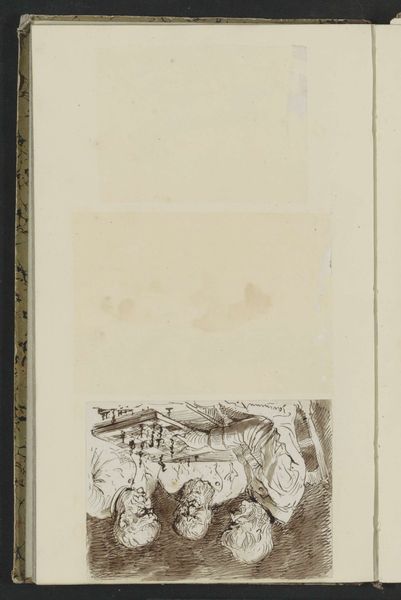
drawing, paper, ink
#
drawing
#
pen drawing
#
paper
#
ink
#
history-painting
Dimensions: height 305 mm, width 409 mm, height 630 mm, width 553 mm
Copyright: Rijks Museum: Open Domain
In 1711, Jacobus Harrewijn made this print documenting the Siege of Bouchain using etching. Cartography like this served a vital public role at the time. It was a means of communicating military and political information to a wide audience, well before photography and mass media. The image creates meaning through visual codes that would have been understood by contemporary viewers. The precise lines, hatched areas, and detailed annotations all speak to the scientific aspirations of the age, lending an air of authority to the representation. Made in Brussels, then part of the Spanish Netherlands, the print reflects the intense political and military conflicts of the early 18th century, specifically the War of the Spanish Succession. It's worth asking, who was the intended audience for this print? How might its imagery have shaped public opinion about the war? Was it intended as propaganda, or as a more neutral form of documentation? Historians consult military archives, period newspapers, and personal letters. These help us to understand the social and institutional contexts that shaped both the event and its visual representation.
Comments
No comments
Be the first to comment and join the conversation on the ultimate creative platform.
